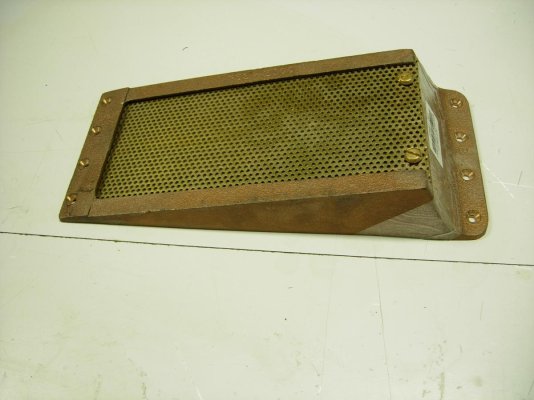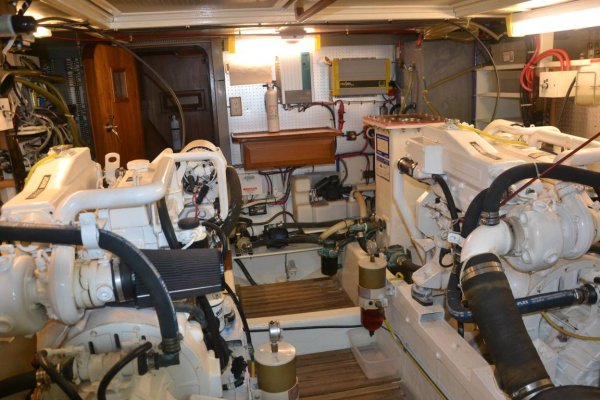bridaus
Senior Member
Left side of the picture, stainless.
Questions:
Questions:
- Can you take the top off normally, in other words just unbolt it and reach in and clean out gunk? I assume the waterline is below it (I'll verify of course)
- Is there or should there be a strainer in there? If there isn't when I crack it, is that a problem (I'd think so, although I see a strainer inline in places.
- Confirm that the plastic elbow at the bottom is a bad idea. I think it is, no valve and could break easily.
- Is it OEM? Add on?
- Is it a plus for the boat, or a liability?
- I probably forgot a question, general opining encouraged.






